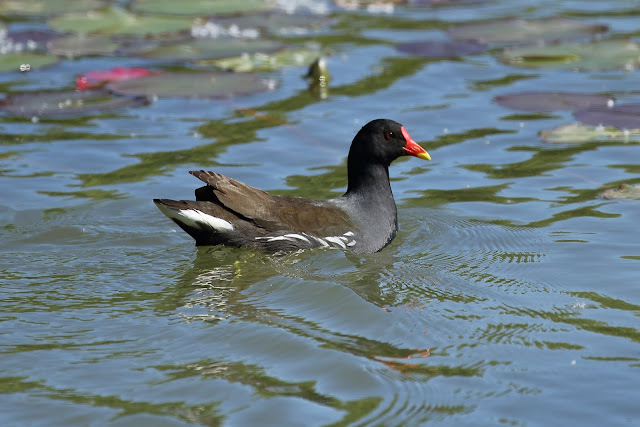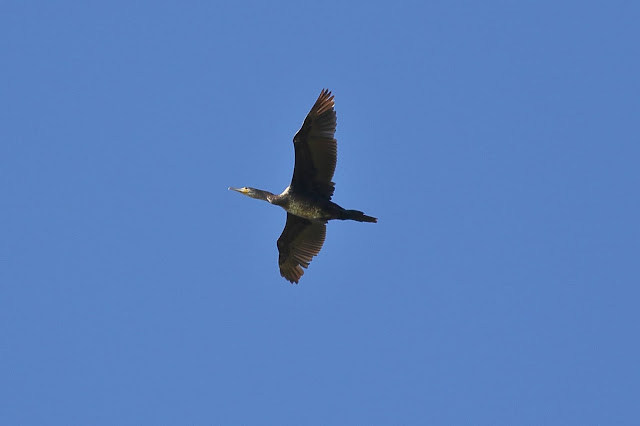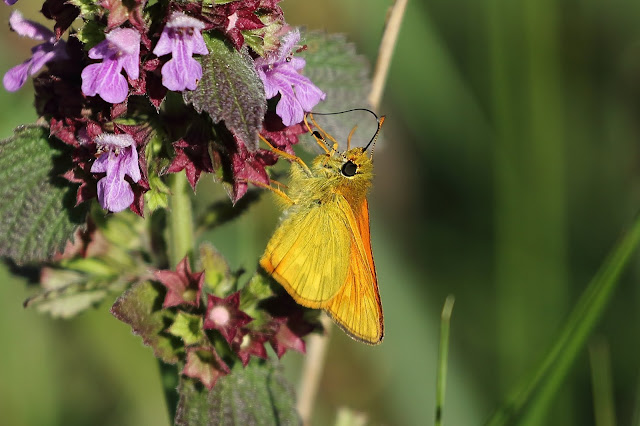Both Derek T and Polly M spotted the striking, but also rather unwelcome, Box Tree Moth this week, an non-native moth, the caterpillars of which are wreaking havoc in many a garden.
Sightings and news for the Naturewatch group of Great and Little Abington in Cambridgeshire, UK. See below for more details and information on how to join.
Tuesday, 30 June 2020
Moths - Ermine, Elephant Hawk and Box Tree!
Both Derek T and Polly M spotted the striking, but also rather unwelcome, Box Tree Moth this week, an non-native moth, the caterpillars of which are wreaking havoc in many a garden.
News: First Banded Demoiselle reported
Sunday, 28 June 2020
More Damselflies and Dragonflies
Friday, 26 June 2020
News: First Ringlet and Small Copper butterflies seen
Anne D-N reported seeing a Ringlet butterfly in her garden (24th June), as well as a Small Copper butterfly the following day. Both firsts this year for Anne, and Jennifer confirmed that were indeed also the first report fr both species this year in the parishes.
Anne commented "The Small Copper is very small indeed — that’s a lawn daisy flower it’s on, not an Ox-eye Daisy!"
Thursday, 25 June 2020
Bee Orchids and other Granta Park wildlife
There was Viper's Bugloss in flower, and Small Tortoiseshell and the last few Common Blue butterflies in the nearby rough meadow.
Recent wildlife along the Old Railway Cutting
The Aims of Abington Naturewatch
At their meeting on 9 April 2005 the members approved this revised version of the aims of Abington Naturewatch:
- To monitor and record the wildlife (fauna & flora) within the borders of the Abingtons;
- To encourage protection of our wildlife, maintain its quality and foster its diversity;
- To promote awareness of the richness, potential and problems of the natural environment of the Abingtons;
- To cooperate in improving access to the local natural environment for the benefit of all Abington villagers.
The organisation is informal and communication is by email if possible; members are notified of events from time to time. Contact details are maintained by a small "project team". There is currently no membership fee as costs are covered by voluntary contributions at events.
Members are encouraged to report notable sightings of flora and fauna within the Abingtons to the appropriate sector coordinator and an illustrated record is published annually.
A map of the area covered, with some features noted, is available here: http://maps.google.co.uk/maps/ms?ie=UTF8&hl=en&msa=0&msid=213774935674882866424.00000111dca2be9f06ab8&z=13>
For more information or to join, please contact David Farrant on (01223) 892871.
Contributions to our records should be sent to sector contacts or either of the above. Photographs may also be submitted to Andy Merryweather (amerryweather61@gmail.com)

























































